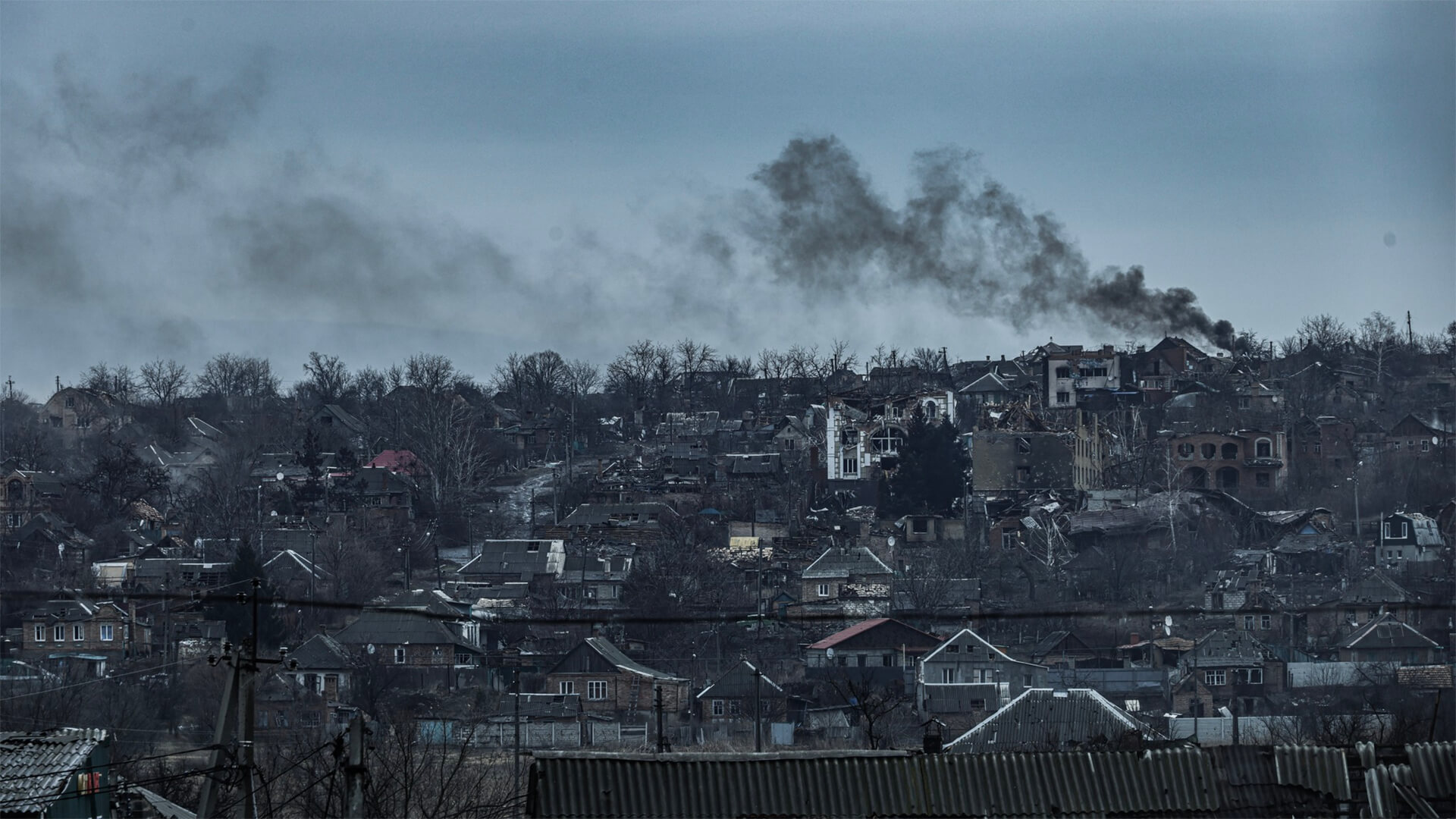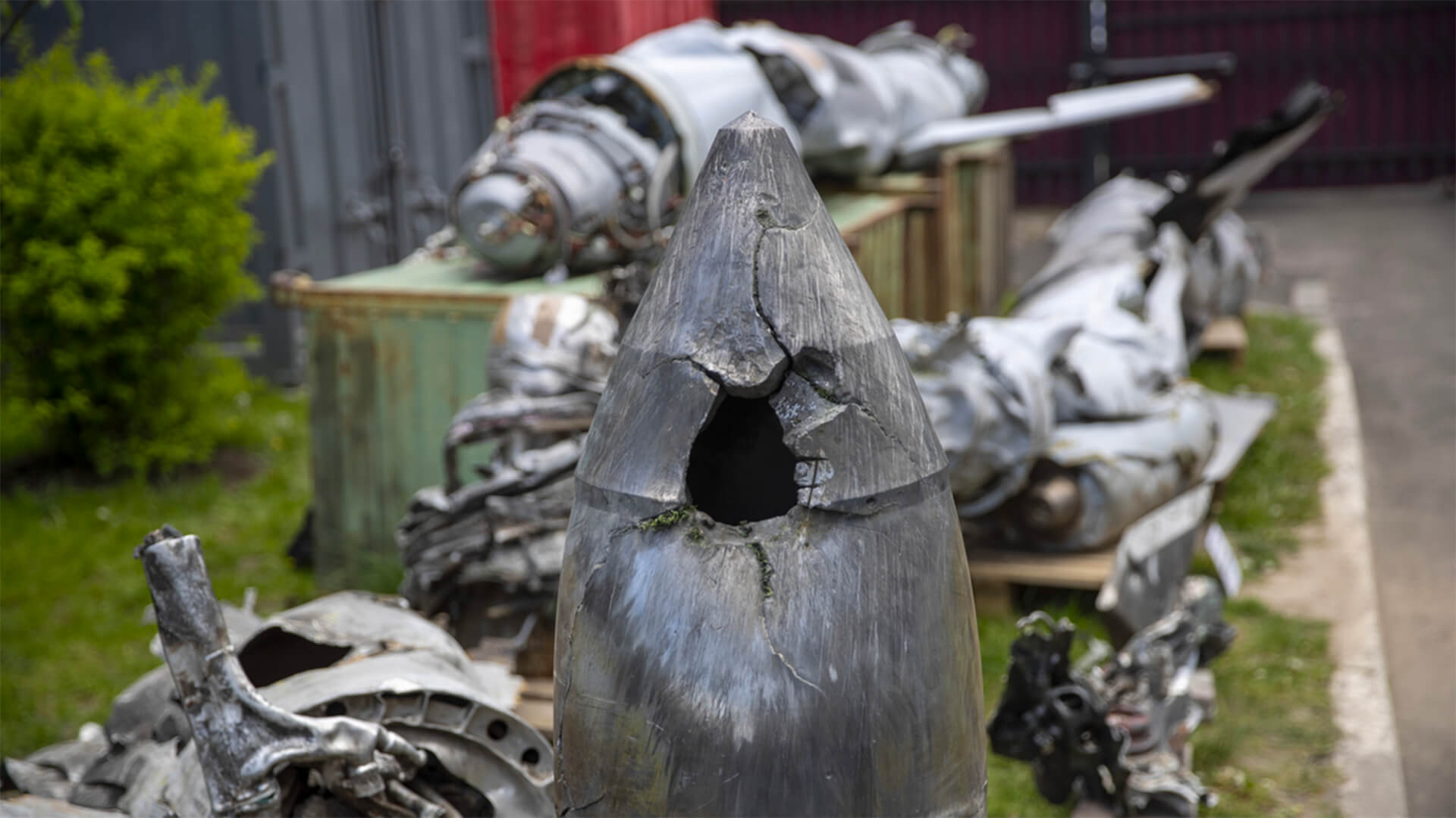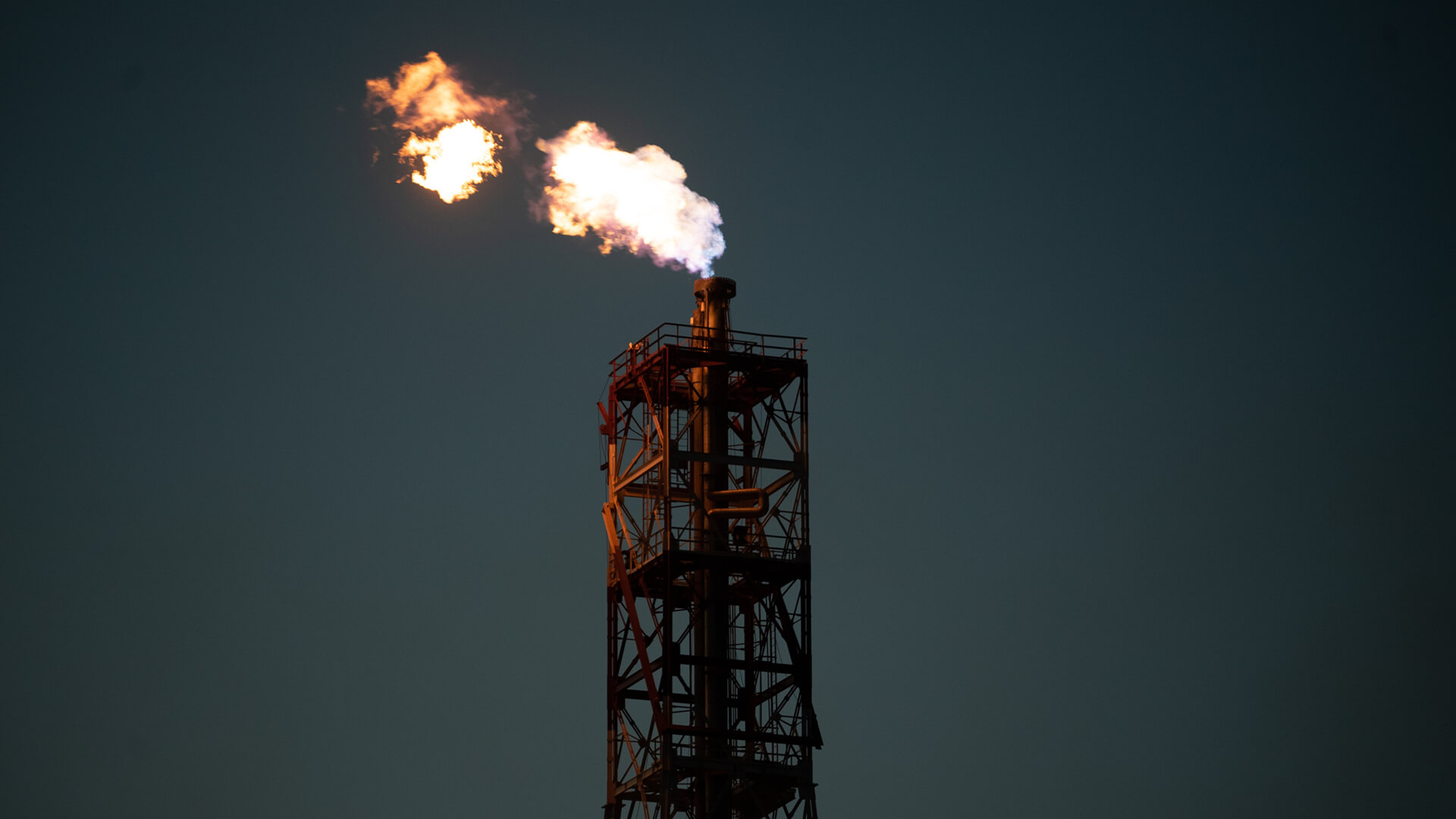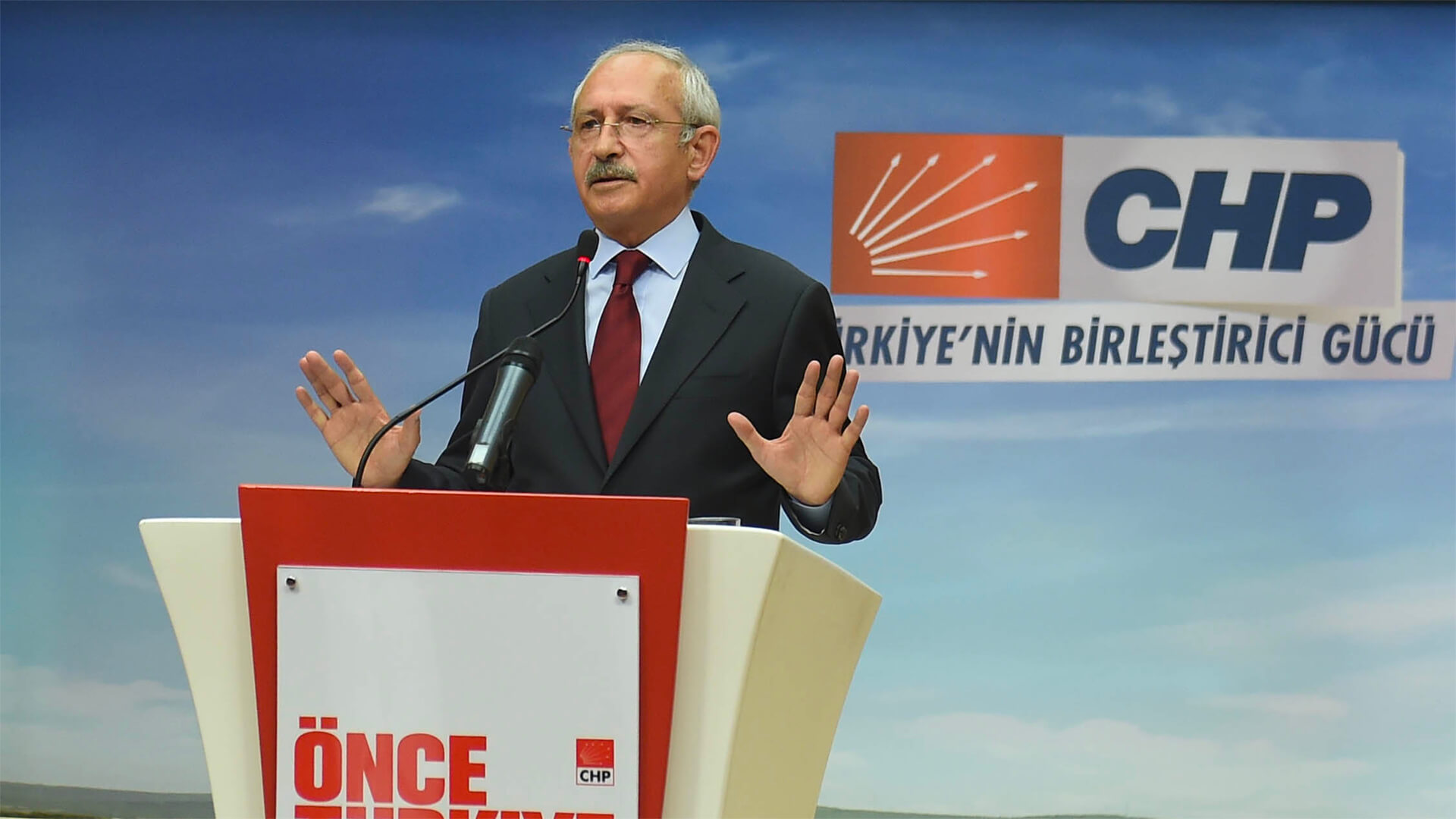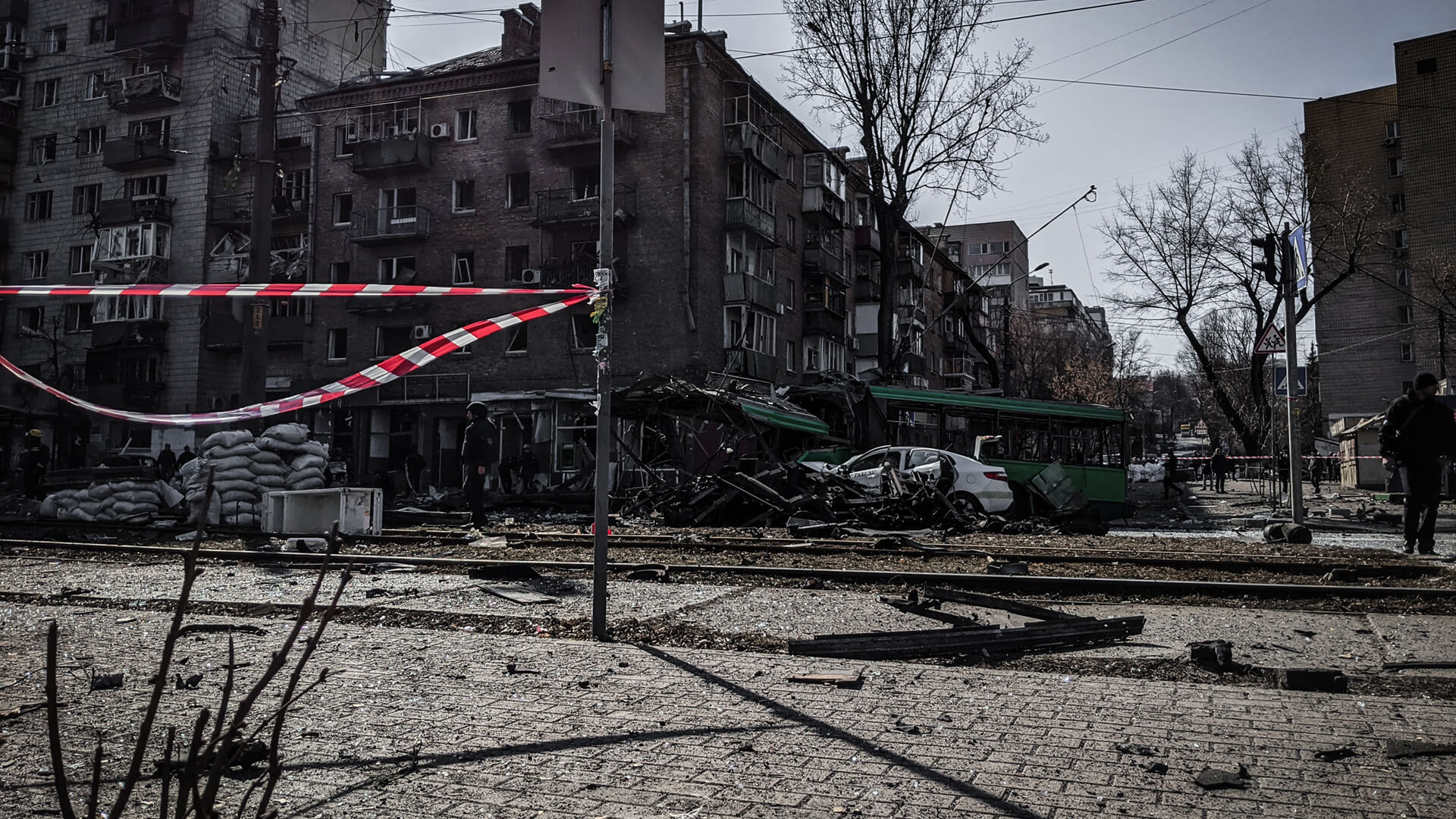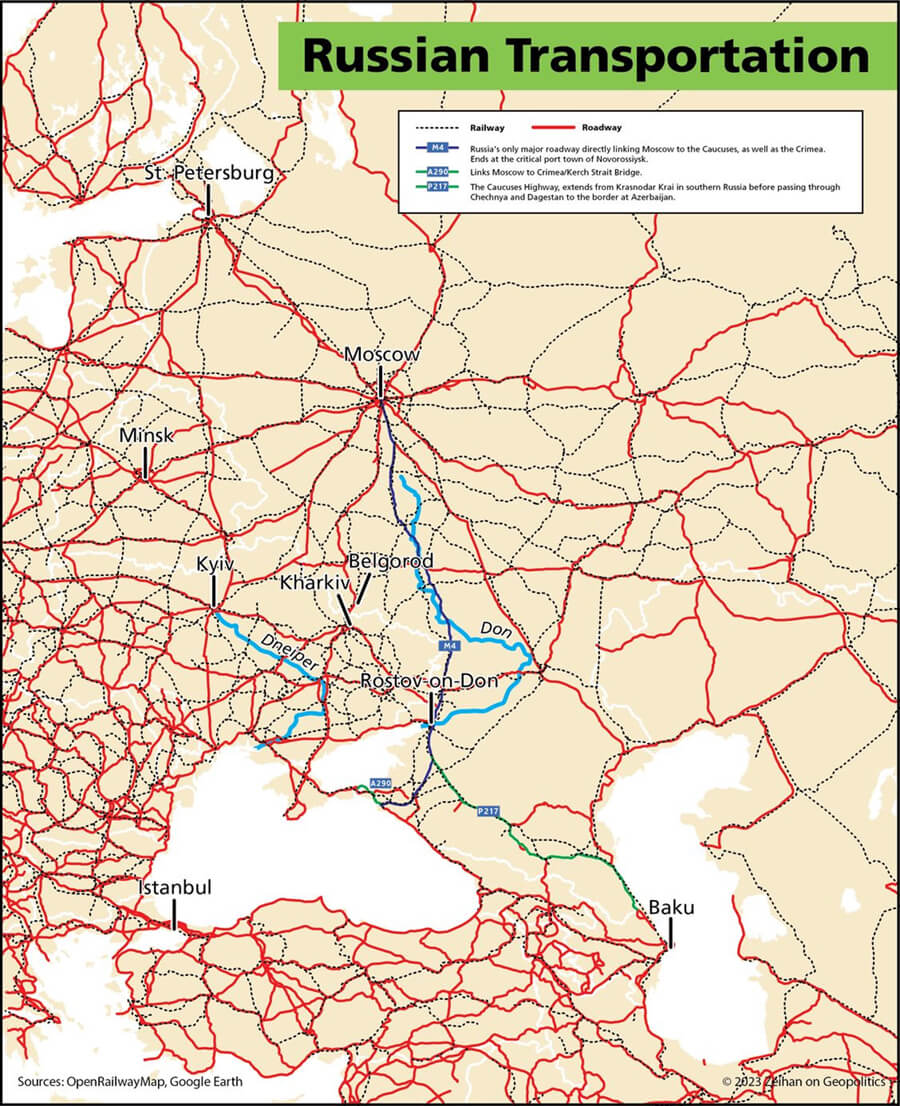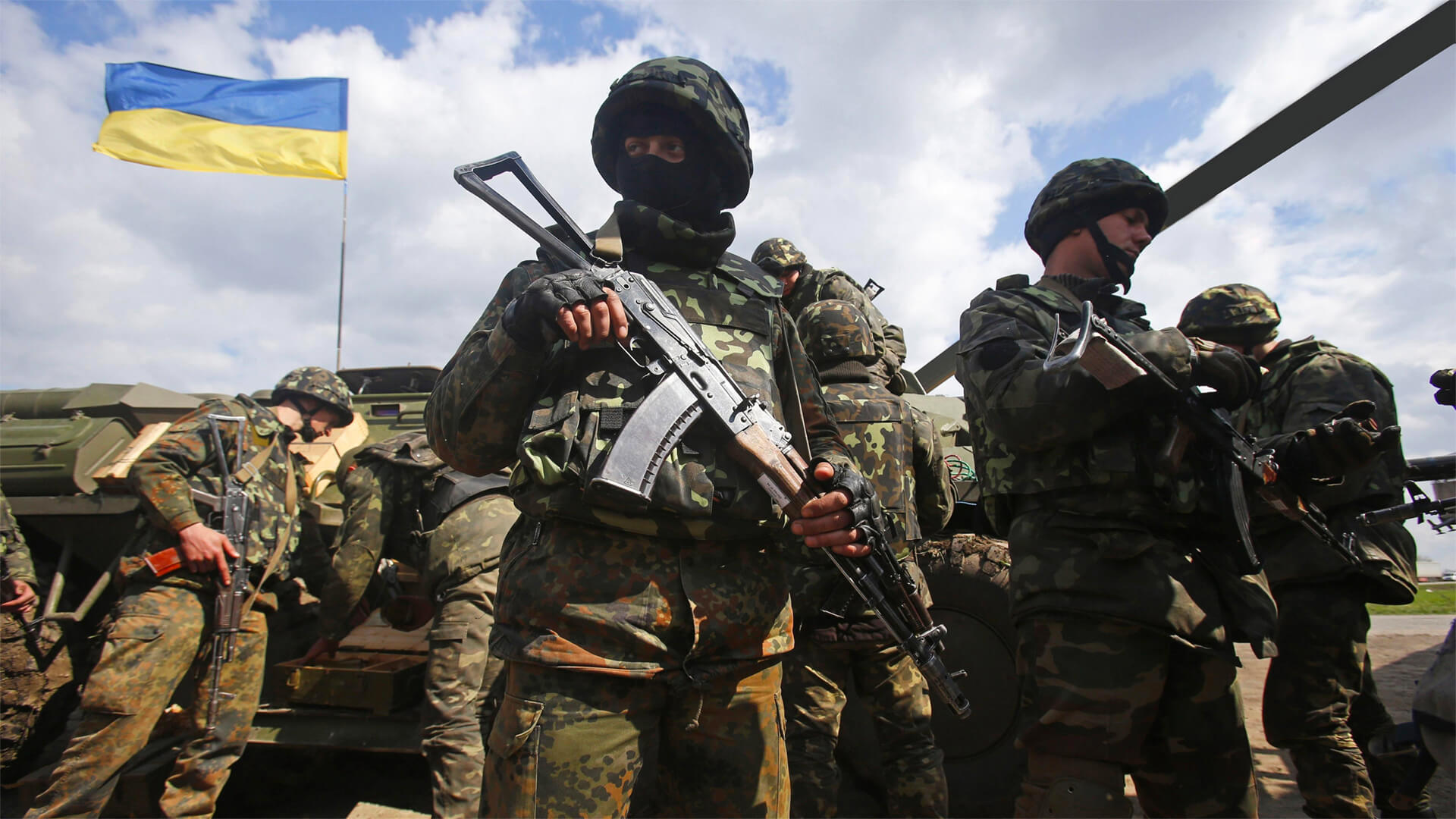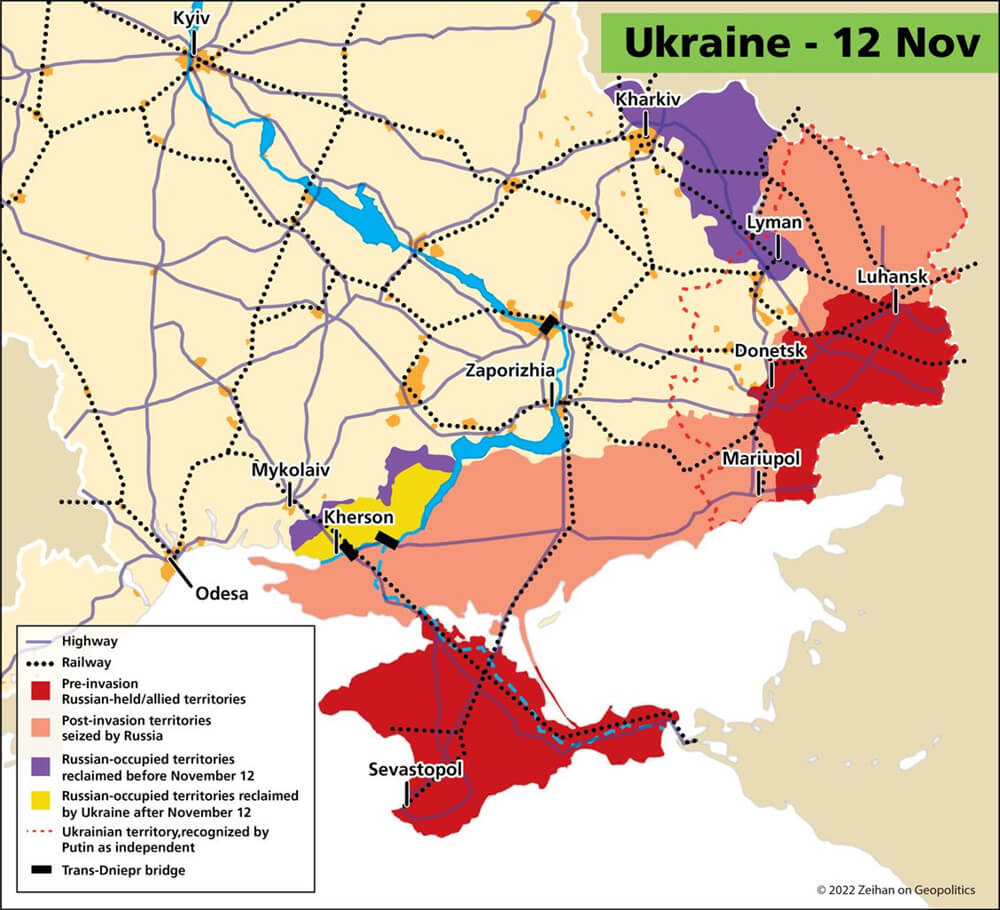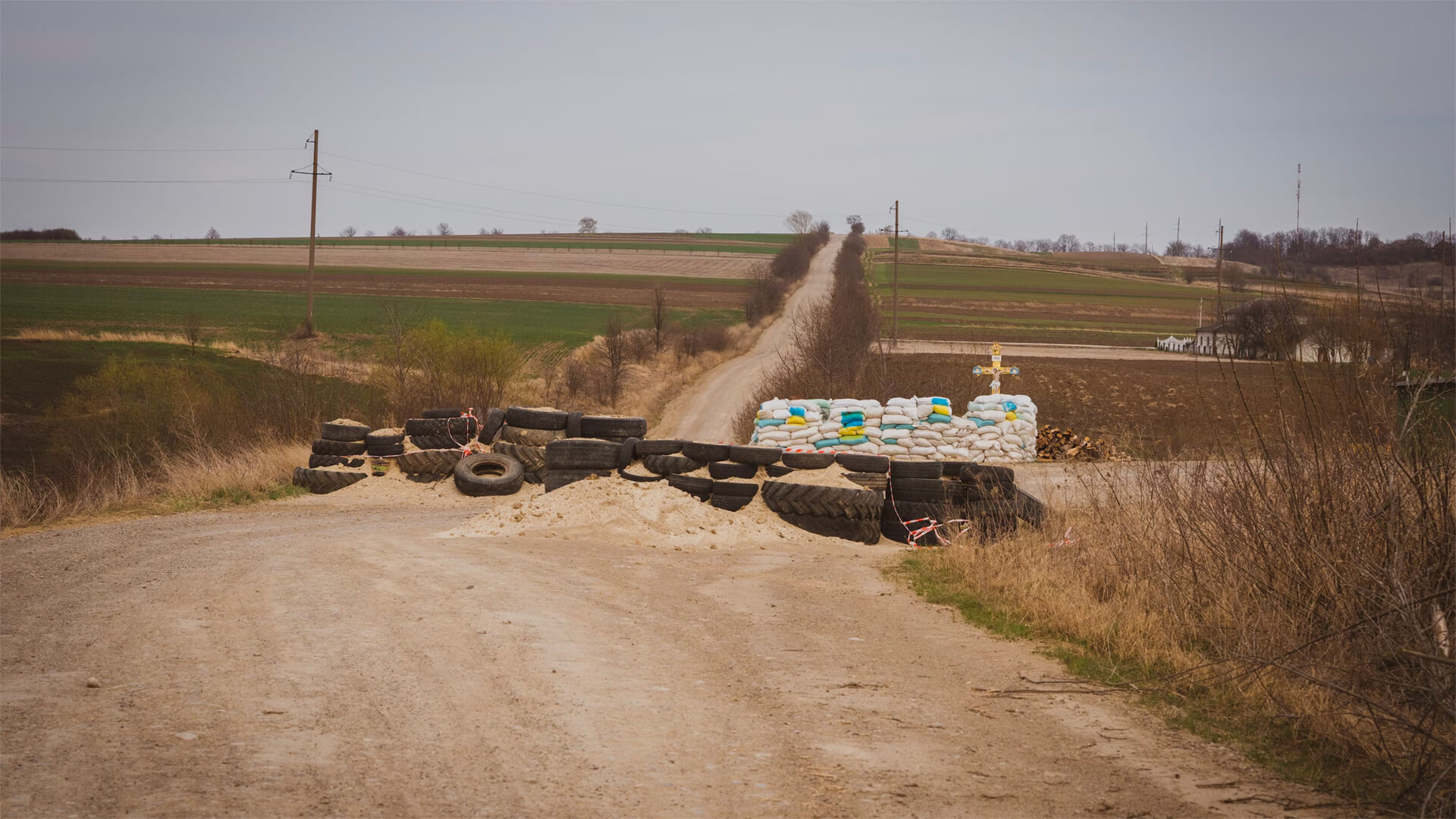The third question of the Q&A series is…what the hell is going on in the city of Bakhmut?
Bakhmut is the city in eastern Ukraine that the Russians, specifically the Wagner Group, have been hammering for months. The city is in ruins, the bodies are stacking up, and the Russians still don’t have much to show for it…
This battle has been part of Prigozhin’s ploy to show how great of a leader he is with the hopes of becoming defense minister. All he’s done is proven how incompetent he is as a military leader and pissed off the current defense minister in the process.
Wagner has exhausted its resources (and men), so the Russian military is beginning to take the reigns in Bakhmut. The Ukrainians have jumped on this transitionary period and reversed the flow of territorial captures for the first time since the start of this assault.
The issue with Bakhmut is that it doesn’t hold much strategic significance. Sure, it’s a road nexus, but it falls within striking distance for both sides. It would require significant territory gains on either side to be a viable stronghold. Perhaps there’s something bigger at play here…
(The military situation in Bakhmut is extremely fluid, and I am, you know, not there. So I’m focusing on the big-picture strategic issues rather than a tactical blow-by-blow of what’s going on in and around the city’s remains.)
Prefer to read the transcript of the video? Click here
Here at Zeihan On Geopolitics we select a single charity to sponsor. We have two criteria:
First, we look across the world and use our skill sets to identify where the needs are most acute. Second, we look for an institution with preexisting networks for both materials gathering and aid distribution. That way we know every cent of our donation is not simply going directly to where help is needed most, but our donations serve as a force multiplier for a system already in existence. Then we give what we can.
Today, our chosen charity is a group called Medshare, which provides emergency medical services to communities in need, with a very heavy emphasis on locations facing acute crises. Medshare operates right in the thick of it. Until future notice, every cent we earn from every book we sell in every format through every retailer is going to Medshare’s Ukraine fund.
And then there’s you.
Our newsletters and videologues are not only free, they will always be free. We also will never share your contact information with anyone. All we ask is that if you find one of our releases in any way useful, that you make a donation to Medshare. Over one third of Ukraine’s pre-war population has either been forced from their homes, kidnapped and shipped to Russia, or is trying to survive in occupied lands. This is our way to help who we can. Please, join us.
CLICK HERE TO SUPPORT MEDSHARE’S UKRAINE FUND
CLICK HERE TO SUPPORT MEDSHARE’S EFFORTS GLOBALLY
TRANSCIPT
Here’s a question a lot of you asked. What the hell’s going on in the city of Bakhmut? Now Bakhmut is a place in eastern Ukraine where the Russians have been throwing themselves at the Ukrainian defenders for months now. Apparently, the devastation is just extreme. There’s probably no building in the city that’s still standing. Lots of people, assuming they are still there at all, are living in basements. Everyone else has just left. And this is the place that Dmitri Prigozhin, he’s the leader of Wagner, has tried to make the centerpiece of his participation in the war in Ukraine, thinking that if he can achieve a significant breakthrough somewhere, then he can go to Putin, say, look, Wagner is great, I am great, and I should be part of the formal chain of command. And you know what? Maybe just make me defense minister and well, he has proven that he is incompetent as a military leader and he has burned through huge numbers of people. So Wagner is the group that has gone into prisons and recruited people to fight for six months in order to have their sentences commuted. And he has used them as cannon fodder to clear minefields, to charge very lightly armed with no training straight into Ukrainian positions, to soften them up. And then the professional Russian soldiers that have been recruited by Wagner in the past are then supposed to take advantage of those circumstances and push forward. And they have pushed forward by inches, not miles, inches and six months on there’s parts of Bakhmut that are still in Ukrainian hands. Of late Prigozhin has been screaming from the rooftops that he’s not getting the equipment and especially the ammo that he needs. But considering that he is literally after the defense ministers job, you can understand why the defense minister is like you know Prigozhin were to experience a high profile defeat, you know that wouldn’t be so awful.
And in the last few days we’ve had some interesting leaks out of the Pentagon Papers, if you remember that from last couple of weeks, indicating that there is intel from the Ukrainians and from the Americans that Prigozhin has actually approached the Ukrainians with tactical information on the disposition of Russian forces, not Wagner forces, Russian government, military forces. He says, like, if I kind of zig to the left, you can hit them on the right. Now, the Ukrainians have not done anything with that information, so they don’t consider him to be even remotely trustworthy. But the fact that we’re hearing this from more than one source is kind of interesting.
Now, the position of the Russians in Bakhmut since it hasn’t achieved a breakthrough is probably not very good. Wagner itself has a problem here because they’ve already emptied the prison, so they don’t have any more cannon fodder. And the rest of their troops are people who retired from Russian military service before the war who then got recruited into this paramilitary arm. Well, there’s no more of those to be had either, because those are all being grabbed by the military. So Prigozhin has spent all the troops he’s ever going to get. And there’s no point really from the Russian military’s point of view in sending them equipment, even if they liked the guy. So the Russian military is now bit by bit taking over control, and they’re a little bit more parsimonious with the men than Prigozhin is, which is, you know, saying something. And so in the last several days, we’ve actually seen some significant counterattacks by the Ukrainians in this space that have reversed the flow of the territorial captures for the first time since this battle started, which was, I think, last July. It’s been a long time now.
That’s kind of the background in the personalities. The question is what’s going to happen now? This city has no strategic significance. I mean, yes, it’s at a road nexus, but as long as you’ve got Ukrainian or Russian forces within 15 miles of it, this whole nexus is under potential artillery threat. So neither side can or will use it unless there’s a significant break and they’re able to achieve huge breakthroughs in one direction or the other. That doesn’t seem to be in the cards right now, but that doesn’t mean we’re not going to see more fighting here, because, remember, the Ukrainians are getting ready for their spring offensive. And one of the things that we saw last year is they advertised where they were going to go and then they went somewhere else in order to draw Russian forces off. Their counterattacks in Bakhmut could very well be a similar sleight of hand if they can force the Russians to reinforce in an area where they’ve already taken at least 20,000 deaths and a hundred thousand casualties, that can’t be great for morale. And if you lock them down there, then those Russian forces are not somewhere else where the Ukrainians might be more interested in launching a real assault.
So again, fog of war persists, but it looks like the Russians’ chance for achieving this breakthrough is gone. And the question now is what are the Ukrainians going to do about it? Next question.

